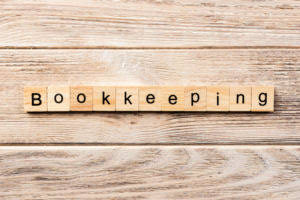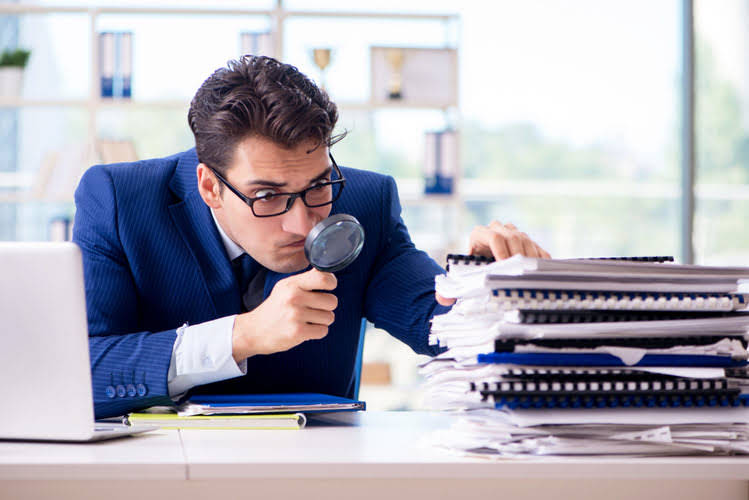Capital Lease vs Operating Lease Treatment for Business Accounting

Your CCA is calculated to understand how much your business is allowed to expense for each type of asset, and when you are financing equipment you are only able to deduct the CCA as well as the interest on repayments. Because you take on the risks and rewards of the asset, it’s a common misconception that with capital vs operating lease a finance lease you impact your CCA. While you must still add the asset to your balance sheet with a finance lease, it is not calculated as a CCA. Operating leases also allow you to deduct the entire leasing expenses, but they do not increase your net assets. The type of lease you choose will affect how it’s recorded in your financial statements.
Definition of Operating Leases
This increased transparency helps stakeholders fully assess a company’s financial obligations. In turn, lease accounting has a significant impact on company financial statements, ratios, and evaluating a company’s overall financial health. Leases can significantly influence a company’s financial statements, particularly its balance sheet. The classification of leases as either capital or operating has notable balance sheet implications that can affect financial ratios and overall Statement of Comprehensive Income asset management. The companies should carefully analyse the financial requirement and objectives along with the terms of the agreement before selecting the type of lease. This is because the financial reporting methods and the rights to ownership will vary based on them.
Capital Lease vs Operating Lease: Key Differences and Financial Implications

The differences between the two concepts of operating lease vs capital lease are explained in the form of infographics below. Accruent Lx Contracts facilitates adherence to key accounting standards including ASC 842, IFRS 16, and GASB 87. Its verified solutions are engineered to simplify the compliance process. This helps businesses easily meet these regulatory requirements without the hassle of manual monitoring and adjustments. The way leases are recorded significantly influences financial ratios and metrics. One major difference between these lease types lies in who assumes the risks and rewards of ownership.
How Operating Leases Work
- Operating lease does not affect the assets and liabilities of the lessee.
- Once the leased asset has been disposed of, then the fixed asset must be credited while the accumulated depreciation account should be debited to reflect the remaining balances.
- The lesser agrees to transfer the ownership rights to the lessee once the lease period is completed, and it is generally non-cancellable and long-term in nature.
- You will not actually begin depreciating the leased asset until you obtain possession of the asset in its intended use.
- With our interest expense forecast complete, the remaining step is to calculate the capital lease payment, which is captured on the cash flow statement.
- Thus, if the arrangement meets any f the above criterias, then the condition is fulfilled.
Finally, each year depreciation needs to be calculated https://www.bookstime.com/ and recorded for the asset. With a capital lease, you are essentially paying the cost of the car or equipment over the term of the lease. At the end of the lease contract, if there is not a transfer of ownership or a renewal, you would dispose of the ROU asset since you have no longer own or control the asset.


The criteria for classifying a lease as a capital lease include ownership transfer, a bargain purchase option, a lease term relative to the asset’s useful life, or lease payments matching the asset’s market value. Operating lease payments under ASC 840 were often recorded to rent expense as simply a debit to expense and a credit to cash. To illustrate some of the financial reporting implications of operating lease, let us consider an example of a lease transaction between Company A (the lessee) and Company B (the lessor). Company A leases a machine from Company B for a period of 5 years, with annual lease payments of $10,000 at the end of each year. The machine has a fair value of $40,000 at the inception of the lease, and a useful life of 10 years with no residual value.
